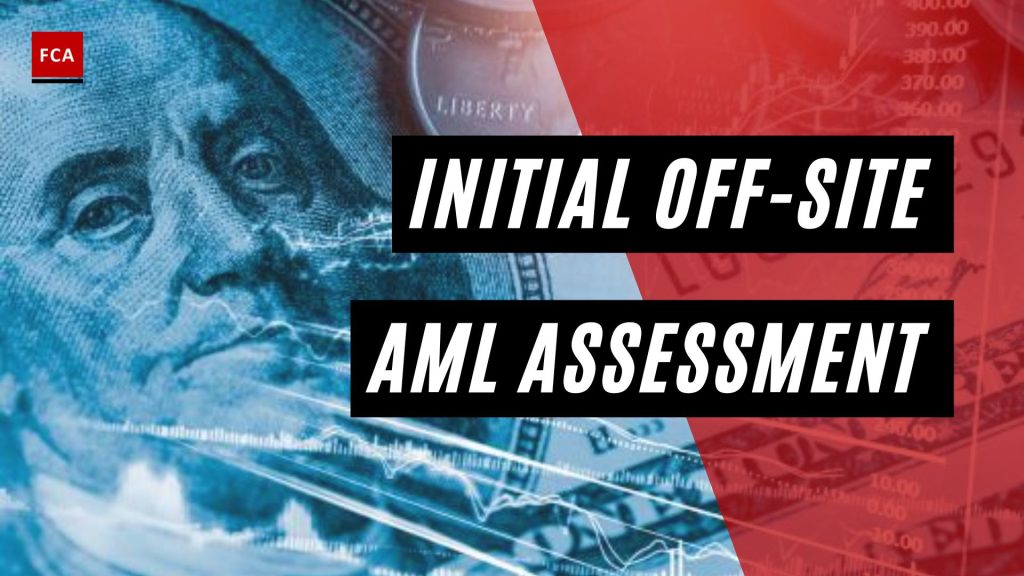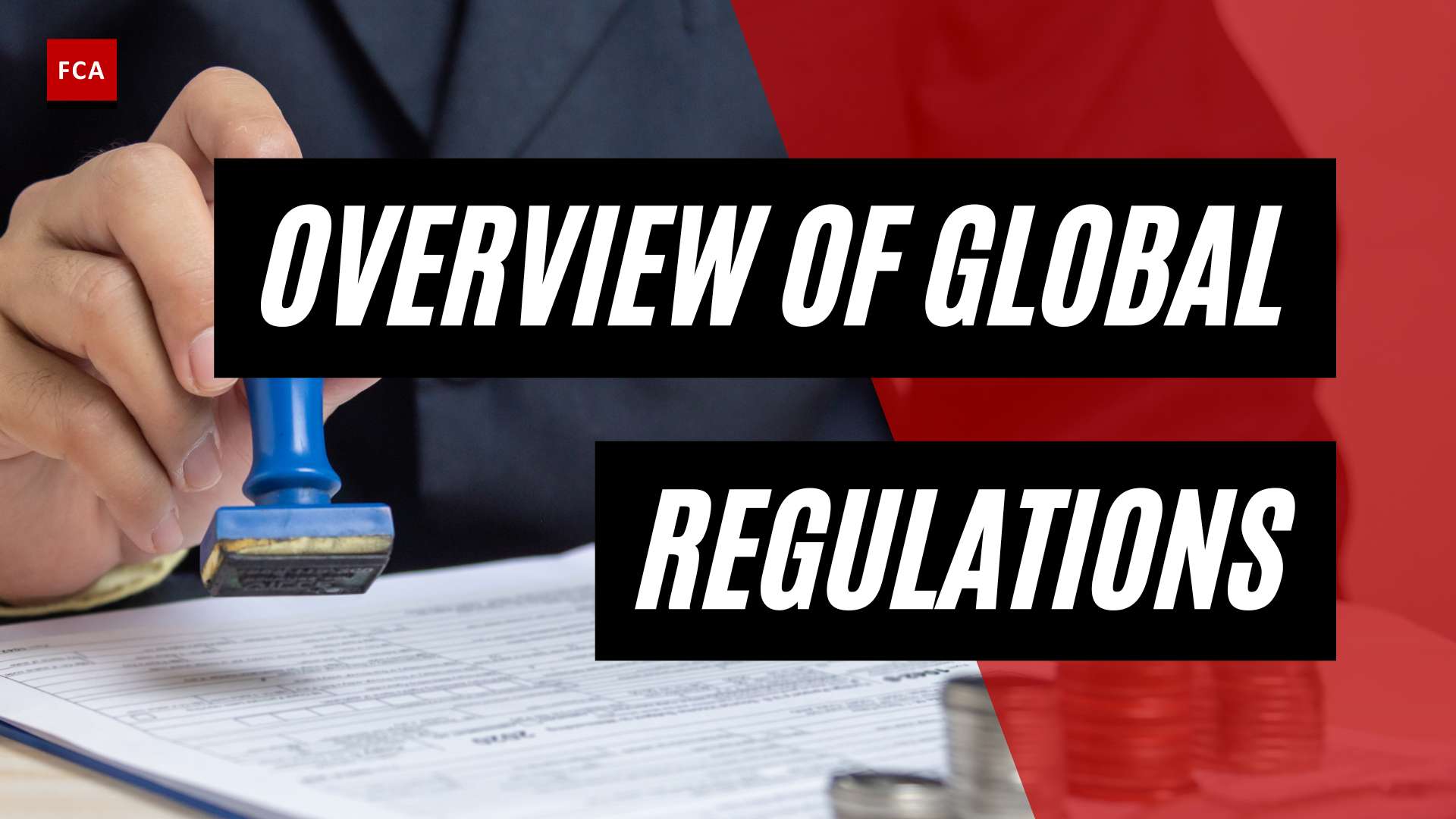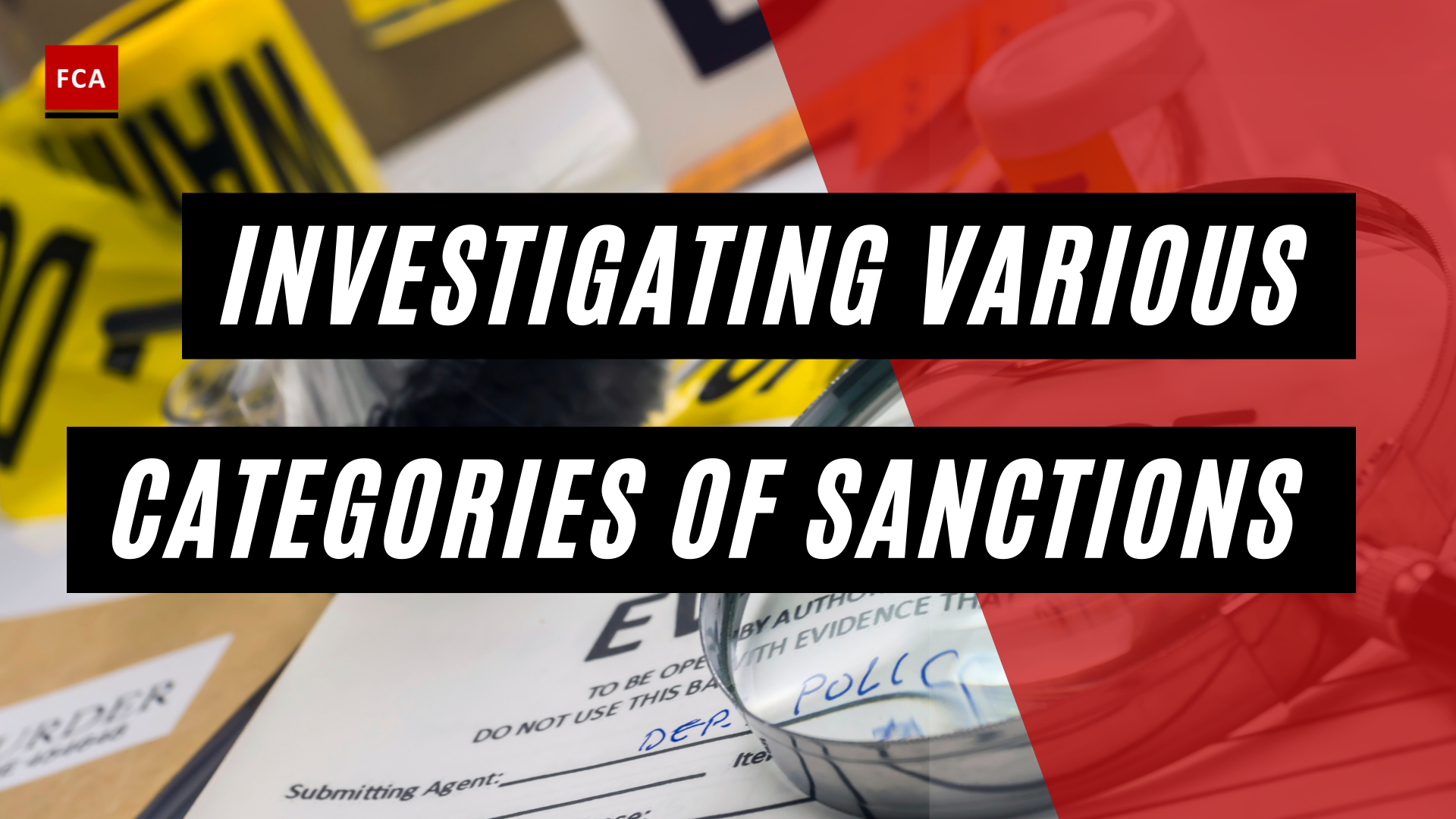Performing an initial off-site AML assessment of transactions under investigation involves a series of steps to determine the level of risk posed by the transactions. ML/TF risk assessment is defined as the ‘process of understanding and analysis of financial crime risks that the organization is certainly exposed to’. The possibility of occurrence of ML/TF risks necessitates performing risk assessment periodically.
The off-site AML risk assessment is a process to understand the possible impact and likelihood of the problem of money laundering and terrorist financing risks. This initial AML assessment helps the AML team to identify potential ML/TF risks inherent in the transactions to be investigated. The assessment requires understanding the nature and type of transaction, and the related stakeholders, including transaction initiator and beneficiaries. The ML/TF risks are assessed for inherent and residual risk assessments. Significant ML/TF risk factors are noted and segregated to perform detailed scrutiny during the actual investigation process.

Performing Initial Off-site AML Assessment of Transactions under Investigations
ML/TF risk assessment is an ongoing process and needs to be performed before any detailed investigation of potentially suspicious transactions or series of transactions, to assess the possibilities of occurrence of fraud or other financial crimes.
For an organization, ML/TF risks are potential incidents and events that could occur and influence the achievement of the organization’s core objectives and goals. ML/TF risk assessment is about understanding the nature of such potential incidents and events and, taking appropriate measures to address the threats posed by such potential risks.
Devising risk mitigation strategies based on a risk-assessed is important because unaddressed risk incidents negatively hit the different profiles of the organizations such as financial, operational, and reputational. AML risk assessment frameworks help perform, evaluate, and report the results of the risk assessment. To perform risk assessment the organizational culture and its specific needs must be considered.
To detect incidents of money laundering or terrorist financing, all the processes and activities are studied to find the controls weaknesses, and possible avenues, which are may be exploited by the criminals.

The knowledge base is created, to identify potential inherent financial crime risks in the business and operations of the organization. The knowledge base is created through meetings and coordination with people in the organization. Such coordination and meeting may include interviews, discussions, and observations of the processes and activities. Process owners are the people, who possess the actual knowledge base of the operations and activities in their relevant departments.
External sources such as information from customers in the form of complaints or inquiries may also indicate the possibility of risks. Regulatory authorities may also enquire regarding potential ML/TF activity for a customer, which may also serve as the identification point for ML/TF risks.
Once the risks are identified from different sources, the likelihood of the occurrence of fraud is assessed. Assessing the likelihood is a subjective process because usually relevant data or information is not available to the organization that accurately predicts the likelihood of a particular financial crime risk.
To assess the likelihood of financial crime risks, the organization may consider various factors such as past incidents, the prevalence of risk in the industry, internal control environment, available resources to address financial crime, prevention efforts by management, ethical standards followed, unexplained losses, customer complaints, etc.
Based on the general assessment and utilization of available information, the risk assessor develops or designs the preventive and detective controls in various processes and activities of the organization. Once the likelihood of financial crime risks is assessed, then the frequency of occurrence of the risks is to be assessed. The frequency is assessed based on the availability of past or historical information about fraud incidents.

Once the definition of impact and likelihood is defined to be used for risk assessment purposes, the inherent impact risk assessment is performed for identified fraud risks. Impact means the financial loss the organization may face if the fraud risk occurs. The impact may also be linked to the reputation of the organization but usually, quantification elements are considered to assess the inherent impact of the fraud risks.
Final Thoughts
Conducting an off-site Anti-Money Laundering (AML) assessment of transactions under investigation is a critical step towards mitigating potential Money Laundering/Terrorist Financing (ML/TF) risks. This process involves in-depth understanding of the transactions, identification of potential risk factors, and devising of effective mitigation strategies. The main objective is to anticipate and address potential incidents that could impact an organization’s operational, financial, and reputational standing. To achieve this, robust risk assessment frameworks are necessary, taking into account both the organization’s unique needs and its specific operating environment.
External sources of information, including customer feedback and regulatory inquiries, can also serve as important indicators of potential risks. The ultimate goal is to design preventive and detective controls based on the likelihood and potential impact of financial crime risks. This requires assessment of past incidents, prevalent industry risks, and the strength of internal control environments, among other factors. Importantly, the risks are quantified not only in financial terms, but also in terms of potential reputational damage, underscoring the comprehensive nature of this initial off-site AML assessment.








